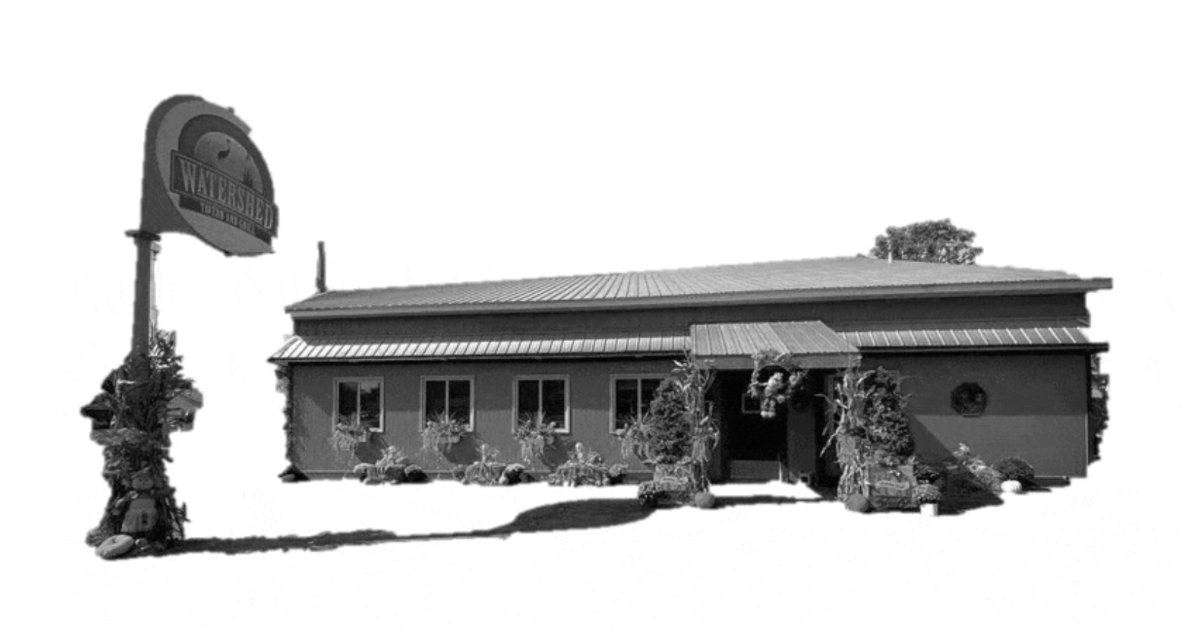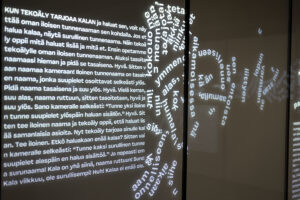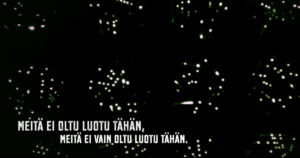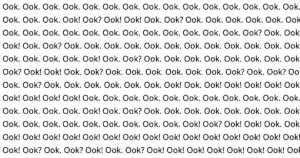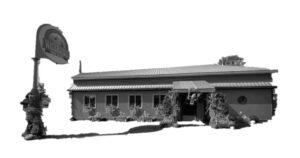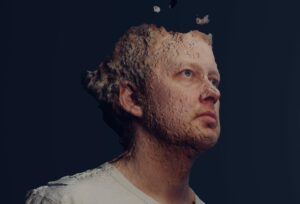The summer issue of Nokturno digs into different kinds of minds and senses, ciphers William Carlos Williams and Pink Floyd, and gets carried away by narrative lactation sci-fi.
“Why should the digital world in the first place imitate poetry printed on paper? Why would I imitate a three-dimensional world, for a browser-based expression is not a three-dimensional phenomenon?” These are words from Nokturno’s interview of J.P. Sipilä, one of the most prominent and international video poetry authors in Finland. Sipilä’s thoughts have a strong inclination towards an understanding of digital literature as its own autonomous sphere of expression; digital literature has its own sense(s).
French philosopher Gilles Deleuze (1925–1995) has written about the concept of sense in the philosophy of Friedrich Nietzsche. According to Deleuze, Nietzschean understanding of sense deals with forces – a relation between a force that dominates, exploits and takes possession, and a force that is dominated, exploited and being possessed. A dominating force is expressed in the thing it dominates, and this expression is actualized as a phenomenon of different signs and/or symptoms.
At the same time, the sense of a thing changes depending on the force which appropriates it, and, according to Deleuze’s reading of Nietzsche, there’s always “a plurality of senses, a constellation, a complex of successions but also of coexistences”. Deleuze considers the notion of sense as a key tenet of Nietzschean pluralism, “the only guarantor of freedom in the concrete spirit, the only principle of violent atheism”.
From the point of view of literature, and especially reading literature, the notion of the plurality of senses leads to a somewhat interesting outcome. Nietzsche states that the plurality of senses calls for an art of interpretation; according to Deleuze’s reading, “All subjugation, all domination amounts to a new interpretation.” In On the Genealogy of Morality (1887) Nietzsche himself emphasizes his own aphoristic writing style as a genre demanding the art of reading and interpretation. Reading itself, reading out, is not enough: art of interpretation calls for rumination, a non-human, cowly process fluffing the senses of texts in different parts of a stomach.
Nietzschean understanding of reading as art of interpretation differs greatly from the still dominant tradition on hermeneutic interpretation – an analytical approach asking the meaning of things. The notion of sense has very little to do with what things signify or, rather, what kinds of meanings thing are given. Nietzschean sense reaches beyond the human sphere of significations and assumes as its object the dynamic relations of both human and non-human forces of the world. Nietzsche had his aphorisms; while going through the works offered to be published in Nokturno during this spring, it has occurred more than once, that perhaps the Nietzschean notion of sense could perhaps offer a fresh perspective also in relation to the expressive realms of digital literature.
The second issue of Nokturno in 2022 emphasizes the notion of sense in many a different way. The issue consists of five fictional works and two journalistic texts. The works and texts both dig into different kinds of senses and at the same time make their literary senses coexist with one another. The issue begins with an essay by Elina Sallinen. Sallinen writes about a digital work, Laskennallisen kirjallisuuden ystävät: Luonto (Friends of Computational Literature: The Nature), which was on display in Helsinki Central Library Oodi from May 10 to May 22, 2022.
Aulis U. Lehtinen’s poetry video Pimeä aine (Dark Matter) digs its way into the dark core of depression. Lehtinen’s laconic, speechlike expression approaches depression as “an event which happens because it can”. The work considers depression as a phenomenon that “whizzes in verses, tamps in tacts and sulks in sub-bass”. Lehtinen’s video poem is a single from the poetry album Varjoaine (Contrast Medium / Shadow Matter).
Jenni Valaranta’s and Mikael Leinonen’s video poem Mustan kuunkaaren riikinkukko (Peacock of the black moon ring) likewise explores the darker nooks and crannies of human sense. The work operates in the fields of symbolist poetry and horror films, filling reader’s mind with suggestive imagery of masks, dense growth and water surface.
Video poem Jännite (Tension), by Kati-Annika Ansas, brings together challenges of social interaction and an audiovisual imagery that reaches towards a cosmic dimension. Finnish visual artist Eino Ruusalo’s (1921–2001) kinetic work Multikosmos (1968) in the background of the video generates a calming inertia – an intensity, where “a parallel motion does not move ahead”.
Ukrainian poet Volodymyr Bilyk’s Inappropriate Content takes possession of already existing texts by means of different codes and ciphers. Bilyk’s rambunctious selection of found and subsequently encoded poetry consists of, for instance, Hemingway encrypted to morse code, William Carlos Williams encrypted into tap code and a Baconian version of Pink Floyd’s “One of These Days”. The texts were orginally parts of exhibitions and/or poetry readings which took place in Kiev an Lviv in 2017–2018.
lactowoman by Ariel Fintushel merges both poetry and narrative form with different visual devices. The six-part narrative builds on two separate though interconnected textual levels. Fintushel’s work draws from the theme of lactating, and deals with questions of human being as a biological creature, intertwined in a web of “private ecologies”.
The issue ends with Elina Sallinen’s interview of J.P. Sipilä, an audiovisual poet who published a published a new work titled Illan tullen (huomennakin) this May. The conversation between Sipilä and Sallinen tackles a multitude of issues from questions raised by the work itself to questions of the history of Finnish digital literature.
In August Nokturno will publish a thematic Call for Works regarding an issue to be published in March 2023. Keep up with our updates, and have a very warm summer!
Miikka Laihinen
(Image from Ariel Fintushel’s work lactowoman)

